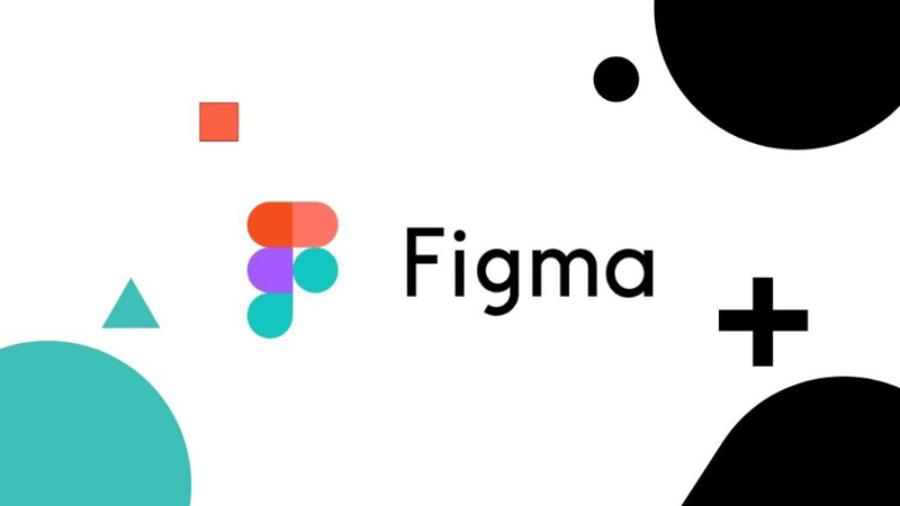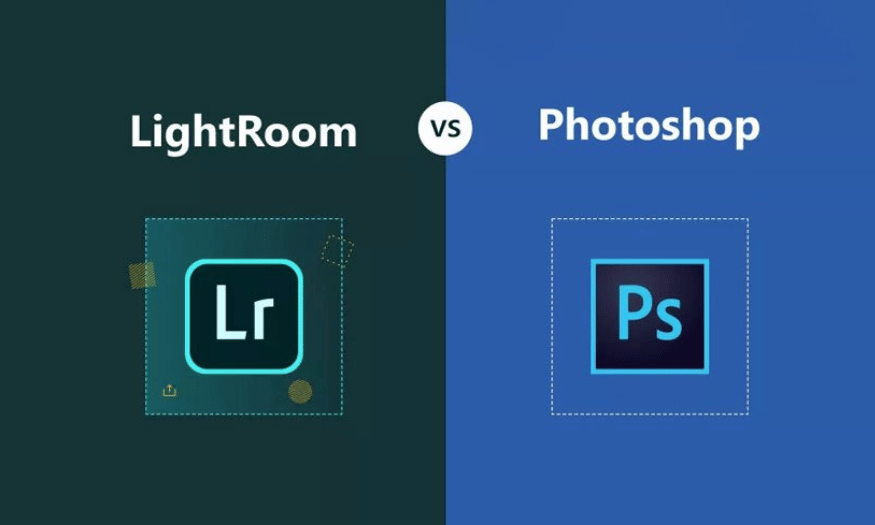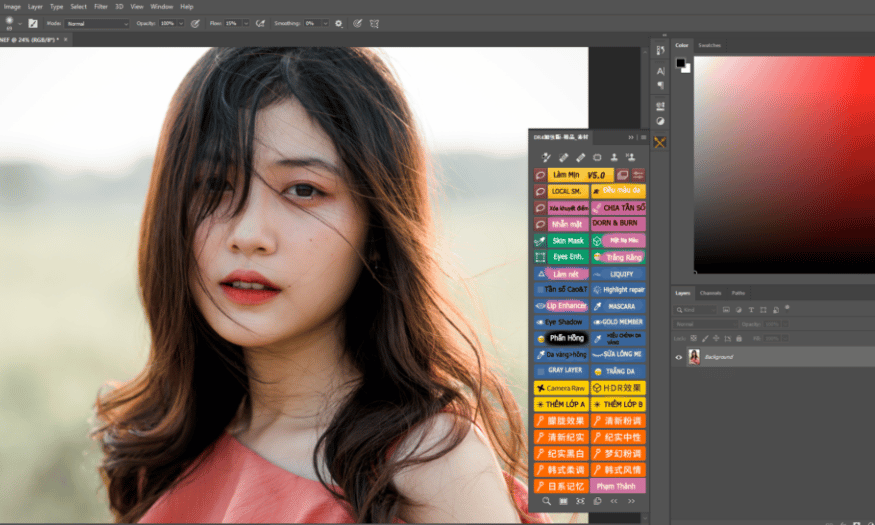Best Selling Products
Visual Design: Principles to Becoming a Professional Visual Designer
Nội dung
- 1. Introduction What is Visual Design?
- 2. The Importance of Visual Design
- 3. Core principles to become a professional Visual Designer
- 3.1 Principle 1: Focus on the core - the value of the words
- 3.2. Principle 1: Visual Hierarchy
- 3.3. Principle 2: Consistency
- 3.4. Principle 3: Use color effectively
- 3.5. Principle 4: Simplicity & Optimization
- 3.6 Principle 5: Use space to maintain balance and harmony
- 4. Learn and improve Visual Design skills
- 5. Conclusion
Learn about Visual Design, its role in the design industry, and the four key principles you need to understand to effectively develop your Visual Designer career.

1. Introduction What is Visual Design?
Visual Design is an important field in the design industry that focuses on improving the user experience through the use of images, colors, typography, and layout. The main goal of visual design is not only to create beautiful products, but also to ensure consistency, ease of use, and effective communication of the brand or product message. It is a harmonious combination of art and science, requiring designers to be creative, logical, and have a deep understanding of user behavior.
.jpg)
Visual Design is a field of design that focuses on improving the user experience through visual interfaces. The main goal of Visual Design is not only to make the product beautiful, but also to make it easy for users to interact and feel the brand message.
Visual Design often combines elements such as color, typography, images, icons, and spacing to create balance and harmony in a design. This is an important element in industries such as website design, applications, advertising, and even print.
2. The Importance of Visual Design
Visual Design plays a vital role in conveying messages and creating first impressions on viewers. An effective visual design not only enhances aesthetics but also helps optimize user experience, thereby improving brand interaction and memorability. The harmonious combination of colors, images, layouts and typography can create a powerful visual language, helping to convey ideas clearly and easily. Moreover, in the context of increasingly fierce competition, a professional visual design is also a key factor in helping businesses build reputation and differentiate themselves in the market. Therefore, investing in visual design is not only an option but also a necessary strategy to achieve sustainable success. and improve user experience. A good visual design can:
3. Core principles to become a professional Visual Designer
.jpg)
To become a professional Visual Designer, it is essential to adhere to core principles. First, you need to master the basic knowledge of design, including color, layout, and visual principles. At the same time, creativity and aesthetic thinking are important factors to help you create unique and impressive products.
3.1 Principle 1: Focus on the core - the value of the words
The first principle of visual design is to go back to basics, specifically type. Type is not just a means of conveying information, but also plays an important role in shaping the emotion and message of the design.
The choice of typeface, size, spacing and arrangement must be done carefully to ensure harmony and readability. Effective design always starts with paying attention to the most basic elements, and type is the foundation for creating professionalism and impression in any design product.
3.2. Principle 1: Visual Hierarchy
Visual hierarchy is an important principle in visual design that helps organize and arrange elements on an interface in a logical and effective way. This principle ensures that users can easily recognize and focus on the most important information first, through the use of size, color, position, typography, and other design elements.
.jpg)
By applying visual hierarchy scientifically, designers can guide users through each step of the experience, enhance the aesthetics, and improve the usability of a product or interface. Visual hierarchy helps users quickly recognize important information on an interface. To apply this principle, pay attention to:
Size and color: Use large size and bold colors to emphasize key content.
Placement and spacing: Place important content in visible locations and use appropriate spacing to separate sections.
3.3. Principle 2: Consistency
Consistency in visual design is an important principle to ensure a seamless and understandable user experience. When applying consistency, it should be maintained uniformly across the entire interface.
This not only enhances aesthetics but also creates a sense of familiarity, making it easier for users to recognize and interact with the product. Inconsistency can cause confusion and reduce usability, so this is an important element in the design process. Specifically ensure:
Typography, colors, and image styles are used consistently throughout the design.
Interface elements such as buttons, icons, and borders also follow a specific standard.
3.4. Principle 3: Use color effectively
The principles of effective use of color in visual design play an important role in conveying messages and making an impression on viewers. Color not only helps attract attention but also helps shape emotions and brand identity.
To achieve optimal results, it is necessary to choose a color palette that matches the design goals, ensuring a balance between color tones and avoiding using too many colors that are confusing to the eyes. At the same time, applying the principles of contrast and color harmony will help the content stand out while still maintaining high aesthetics. Please note:
Choose the right color palette: Choose 3-5 main colors and combine them harmoniously.
Take advantage of color psychology: Each color carries a different message, for example: blue often evokes a feeling of trust, red evokes strength.
3.5. Principle 4: Simplicity & Optimization
The “Simplicity and Minimalism” principle in visual design emphasizes the importance of eliminating unnecessary elements. Focus on the core to convey the message clearly and effectively.
A simple design not only makes it easier for users to access and understand the content, but also increases the aesthetics and professionalism of the product. At the same time, optimization in design ensures that elements are arranged logically, suitable for the purpose of use and bring the best experience to users. Applying this principle requires careful consideration between minimizing complexity and maintaining the core value of the design.
3.6 Principle 5: Use space to maintain balance and harmony
White space, also known as negative space, plays an important role in visual design, helping to create balance and harmony in a composition. Using negative space appropriately not only highlights key elements but also brings a sense of comfort and ease to the viewer.
This is a basic principle, but it needs to be applied subtly to avoid confusion or a feeling of being cramped in the design. By managing white space effectively, you can guide the viewer’s eye to important content, while creating a professional and impressive visual experience.
.jpg)
In addition, updating new design trends and constantly learning technologies and supporting tools such as Adobe Photoshop , Illustrator or Figma will help you improve your skills. Communication and teamwork skills are also essential, because they help you understand customer requirements and coordinate effectively with other members in the project. Finally, perseverance, a progressive spirit and a professional attitude will be a solid foundation for you to develop a career in the field of visual design.
4. Learn and improve Visual Design skills
Visual Design is an important field in design that requires a combination of creativity and engineering to create visually appealing and effective products. To improve your skills in this field, you need to continuously learn from reputable sources, take in-depth courses and practice regularly.
In addition, updating the latest design trends and studying basic principles such as color, layout, and typography will help you improve your creativity and professionalism at work. Always listen to feedback from colleagues or customers to perfect your products and develop yourself comprehensively. To become a professional Visual Designer, learning and practicing are indispensable.
Buy Cheap Licensed Software
5. Conclusion
Visual Design is not just an art, it is a powerful tool for connecting brands with users. Mastering the core principles and constantly improving your skills will take you far in becoming a professional Visual Designer. Start your journey today to create inspiring and classy designs!












































